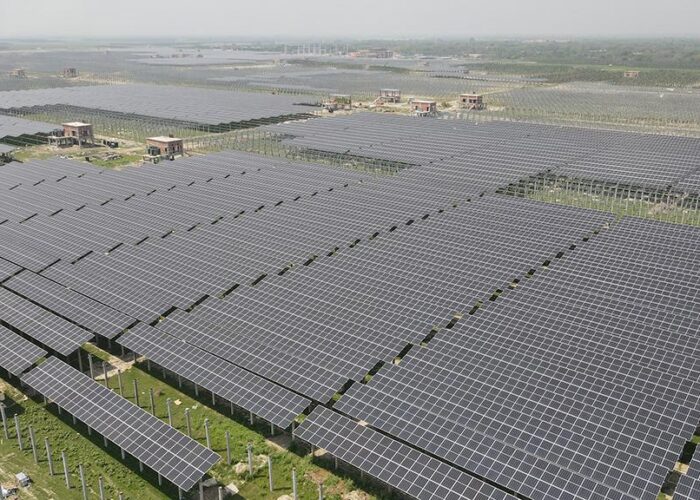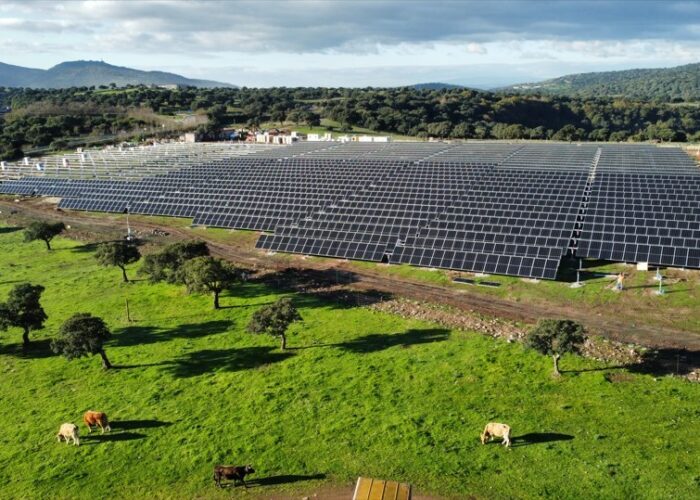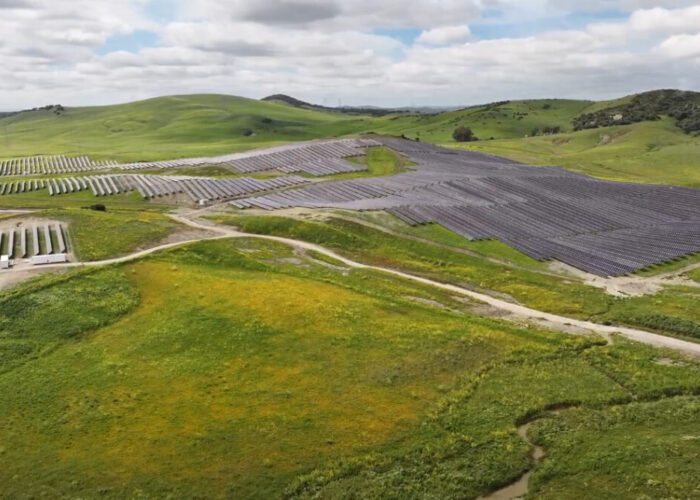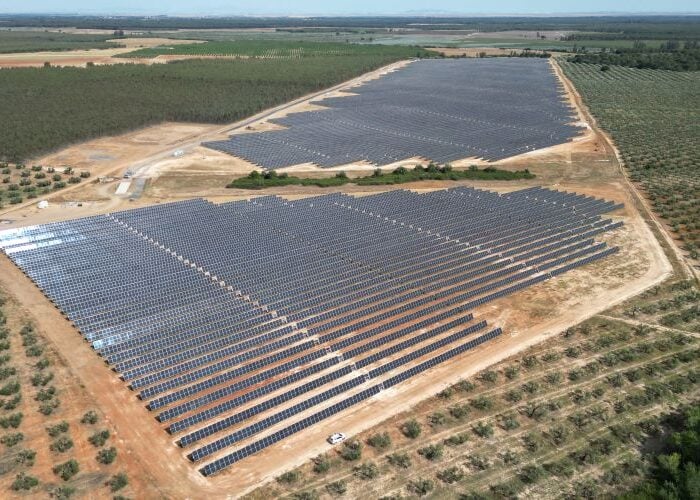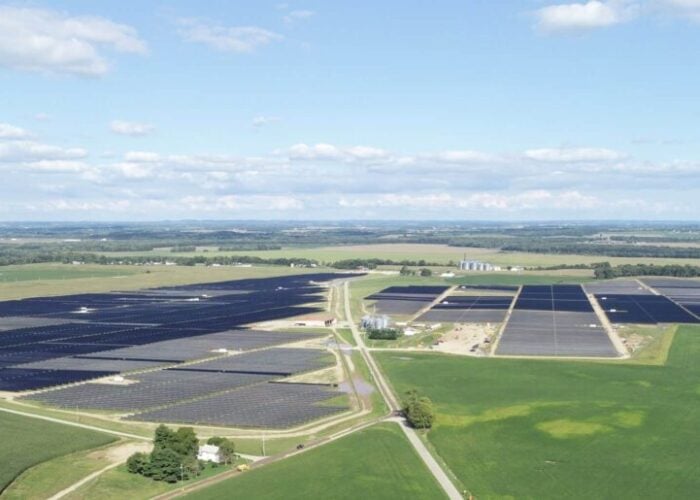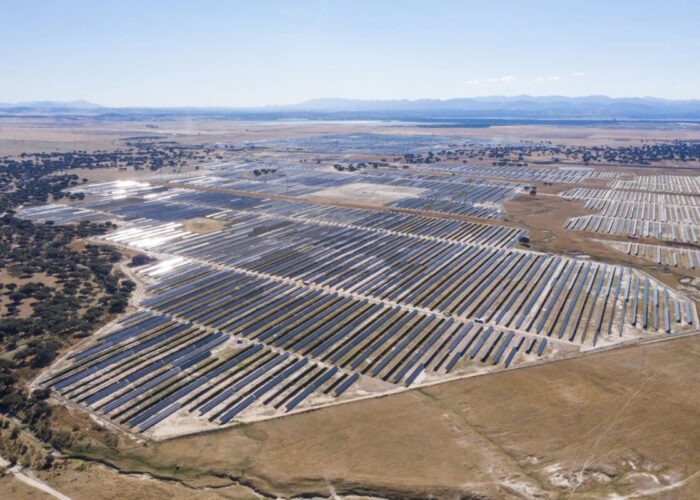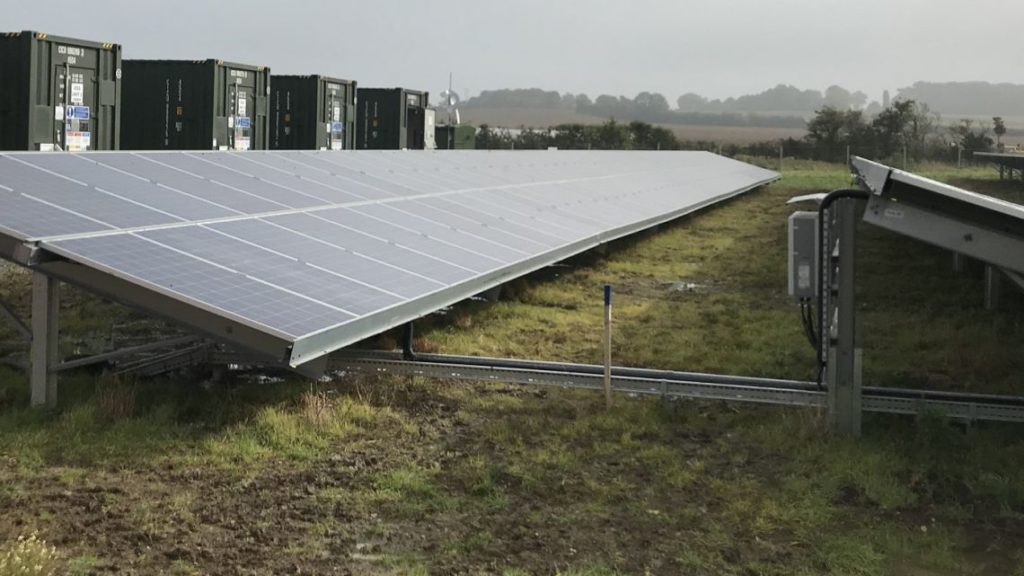
As the market moves away from power purchase agreements, the possibility for a new breed of investors comfortable with market risk is emerging alongside the potential for some larger investors to bring trading in-house.
This was a topic debated by a panel of experts at this week’s Large Scale Solar Europe event, with Phillip Wiltshire, trading manager at Anesco, explaining that there is currently a shift underway from the old style of debt-driven financing of solar PV assets, which “therefore requires contracting market risk mitigation” – something he said makes the investments “quite secure” – towards new ways of financing which mean “people are exploring new avenues for trading” such as participation in short term wholesale trading and curtailment.
Unlock unlimited access for 12 whole months of distinctive global analysis
Photovoltaics International is now included.
- Regular insight and analysis of the industry’s biggest developments
- In-depth interviews with the industry’s leading figures
- Unlimited digital access to the PV Tech Power journal catalogue
- Unlimited digital access to the Photovoltaics International journal catalogue
- Access to more than 1,000 technical papers
- Discounts on Solar Media’s portfolio of events, in-person and virtual
Indeed, Wiltshire said that Anesco is seeing “an increased appetite for taking on a smaller portion of market risk”, giving the examples of trying to find opportunities day ahead or taking a small part of the portfolio into markets that are not structured PPAs.
He explained that “we’re kind of in the strange place” where standalone solar is usually seen as something that needs a fixed price which then shifts the risk to the offtaker, whereas for battery storage there are some cases of “people wanting that upside and wanting more of a feel for the day to day trading”, with people from one side looking at the other and asking if there is any common ground between the two.
Whilst many specialist trading firms exist – including the companies Anesco, ElectroRoute and Yggdrasil Commodities which the panellists were from – the panel also debated the possibility of larger investors looking to begin in-house trading, with Lars Weber, partner for business development at Yggdrasil Commodities, stating that there may come a point where this is the case. This was agreed upon by ElectroRoute’s head of European Power Origination Mike Ross, who added that “there will be some larger players who could certainly develop their own trading capabilities”.
However, Ross continued that it is important to look at the time scale as in the nearer term “it’s a bit easier as the knowledge is there and the data is readily available” but if looking at the longer term requirements for managing risk surrounding solar then you start to move into tenors of “five or ten years and you need a certain level of skills to be able to do that”.
The question, he said, is whether or not a company “has the time and the wish and the will and the desire” to actually go and develop these trading skills to manage the risk.
This move towards trading has come as part of a shift in mindset across the solar market, according Weber, who said it is “no longer solely about the old PPA”.
He explained that for a period between around the year 2000 and about the 2013-mark, solar investments were “basically backed by more or less government guaranteed incomes”, however there has now been somewhat of an evolution where “we’re getting to a point where that mindset in Europe is over and we’re fully on market terms”.
This means that if the same investors want to achieve the same kind of risk and return under the current market regime, they will require a PPA with a bankable counterparty which will cost them “some risk premiums as somebody has got to take that risk”.
However, there is another school of thought that is coming into the market, Weber said, which is seeing solar as a “green oil well”, whereby like an investment in an oil well a large investment is being made where there is something to be got out of it but “you do not know the price of at the time when you built the oil well or the solar panel, but you do know in the future there is some benefit from it” and have to hope a return is made on the initial investment.
He said that it is the same players who are going into this market that used to be in oil before, such as Shell and Total, with the mindset of getting cheap equity based on their own balance sheets to then deploy it over a number of solar assets, bringing down the operational risk, with these sorts of players who are happy “being exposed to the market risk”.
The complete session can be viewed on demand by those attending Large Scale Solar Europe this week. For more details regarding the event and how to register, click here.

